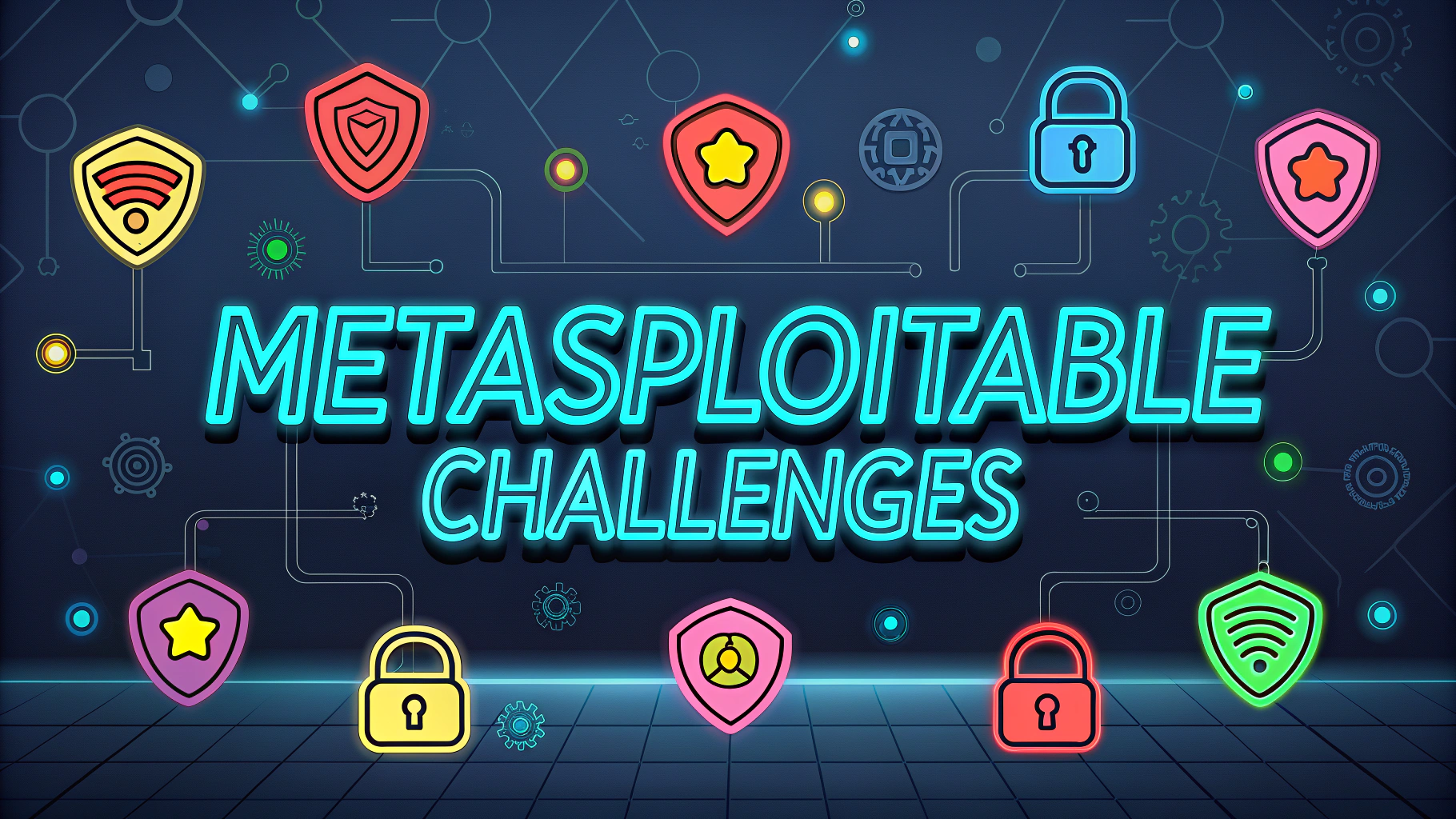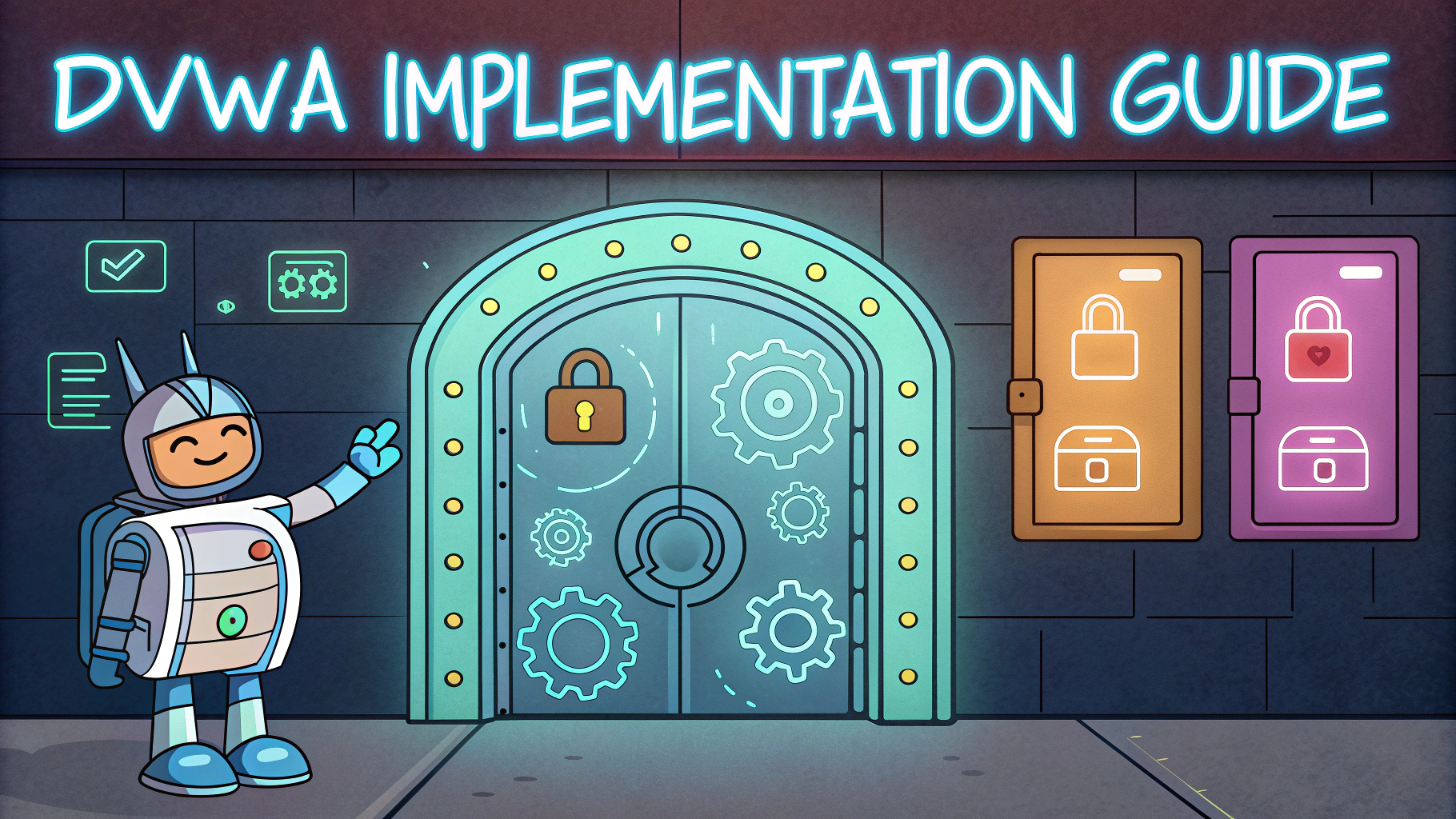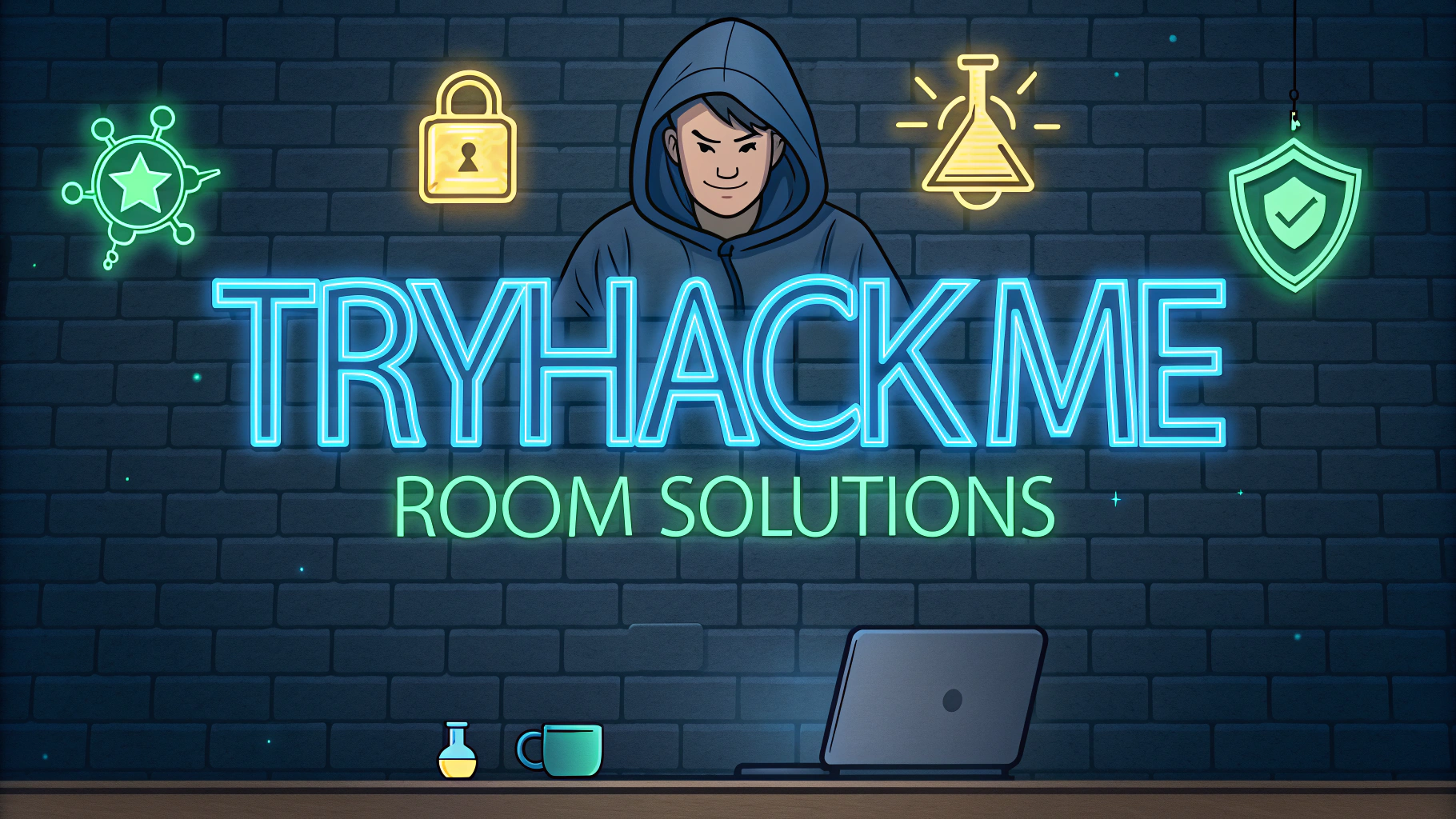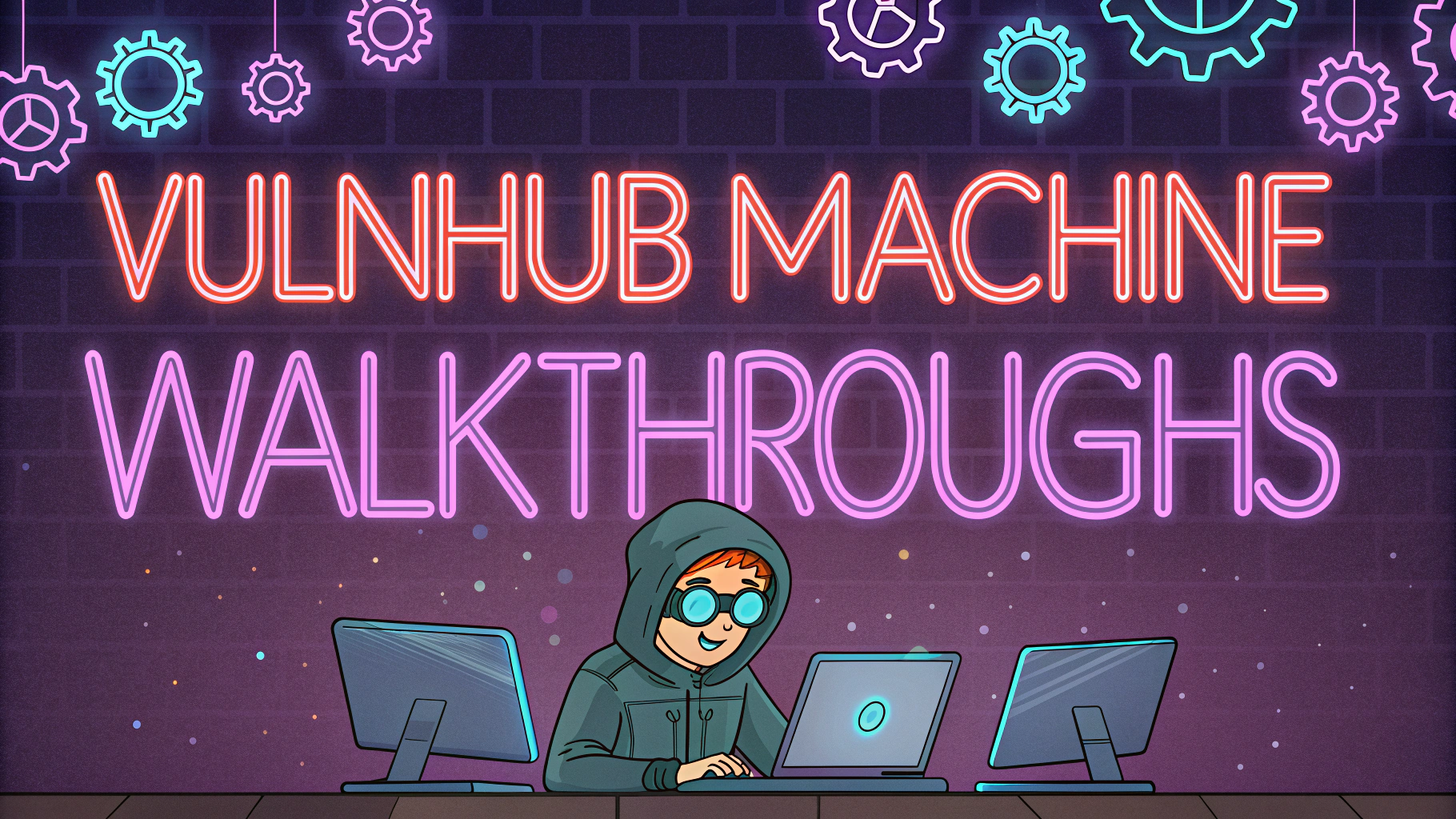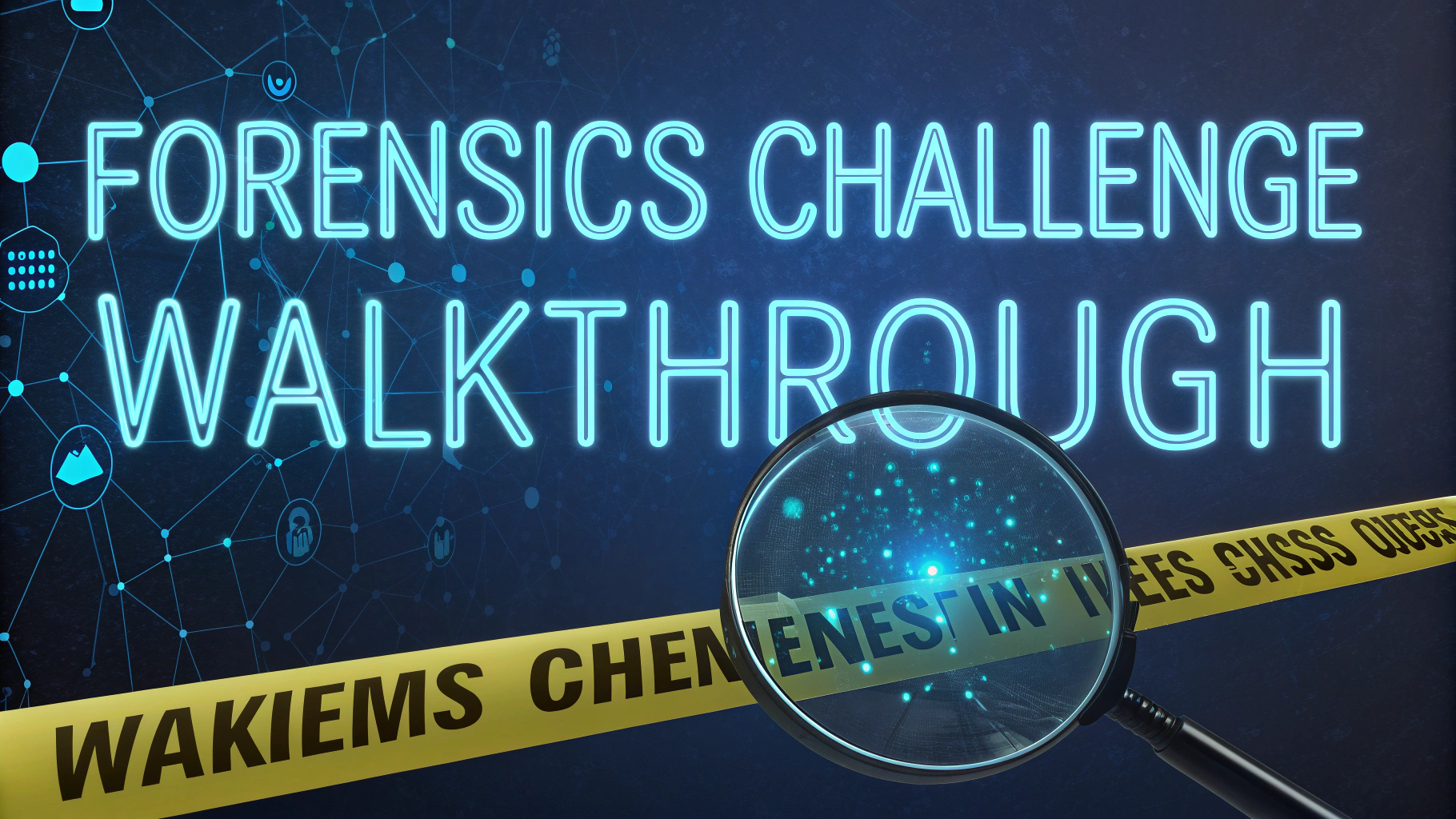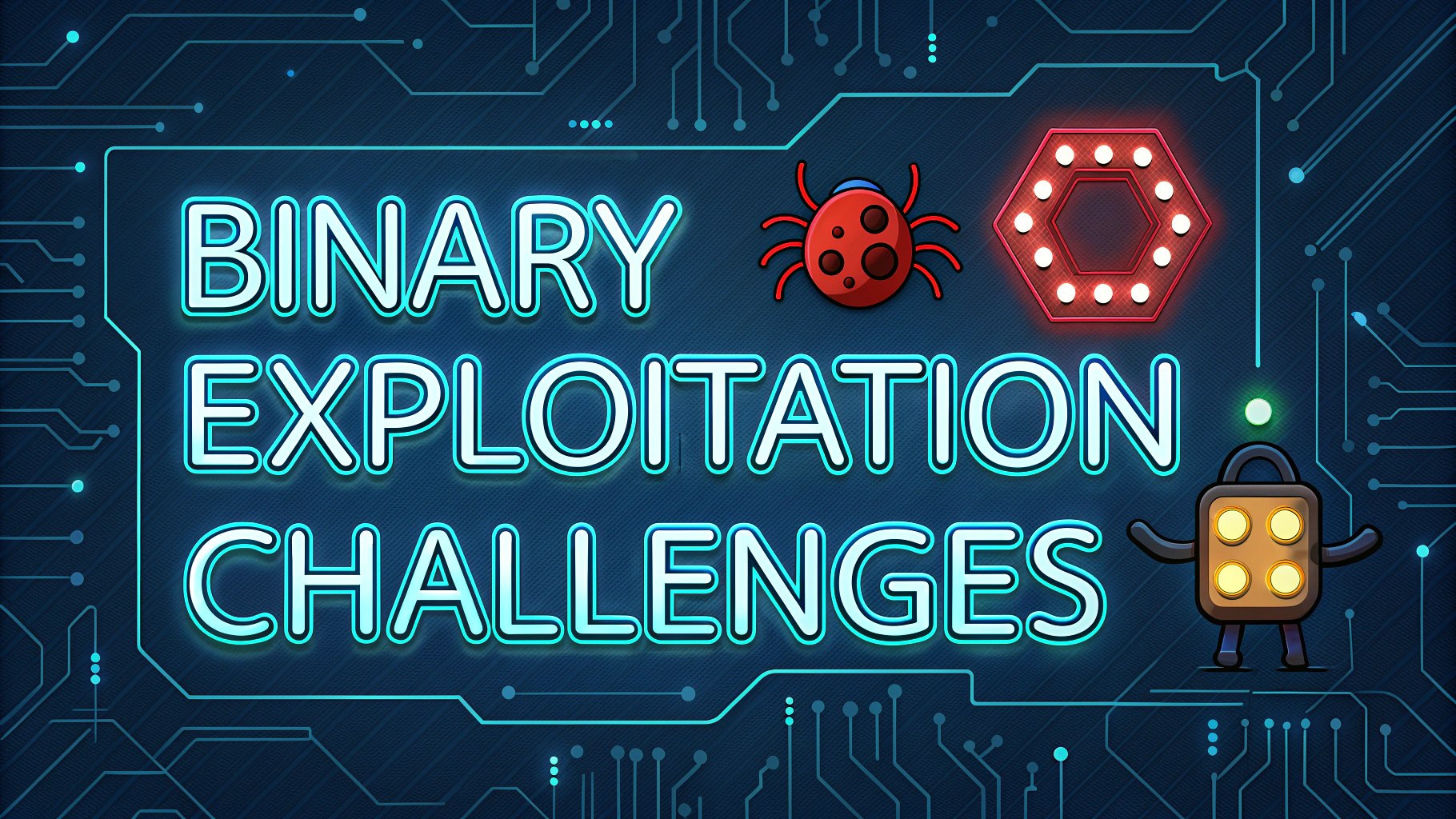The CREST Practical Assessment stands as a rigorous evaluation of penetration testing capabilities, designed to validate professional expertise in information security.
This certification represents one of the most respected credentials in the cybersecurity industry, particularly valued by organizations seeking qualified security professionals.
Security practitioners aiming to demonstrate their hands-on testing abilities will find this assessment challenges their technical skills across multiple domains.
Assessment Structure
The practical exam runs for 6 hours and tests candidates’ abilities to identify and exploit security vulnerabilities.
- Infrastructure Testing
- Network scanning and enumeration
- Service identification
- Vulnerability analysis
- Exploitation techniques
- Web Application Testing
- Authentication bypass methods
- Input validation flaws
- Session management
- Business logic vulnerabilities
Preparation Tips
Candidates should practice on platforms like Hack The Box, TryHackMe, and VulnHub before attempting the exam.
- Technical Skills Focus:
- Master common exploitation frameworks (Metasploit)
- Develop custom scripts for automation
- Practice report writing and documentation
- Study OWASP Top 10 vulnerabilities
Exam Environment
CREST provides a controlled virtual environment with specific target systems for testing.
| Equipment | Requirements |
|---|---|
| Testing Machine | Candidate must bring their own laptop |
| Software | Pre-approved tools only |
| Internet Access | Limited to exam environment only |
Scoring System
The assessment evaluates candidates across multiple competency areas with weighted scoring.
- Key Assessment Areas:
- Technical proficiency (40%)
- Methodology (30%)
- Documentation quality (20%)
- Time management (10%)
Next Steps After Certification
Successful candidates receive recognition as CREST Certified Testers (CCT).
- Career Advancement:
- Apply for senior penetration testing roles
- Lead security assessment projects
- Pursue advanced CREST certifications
Contact CREST directly at www.crest-approved.org for registration and additional information.
Additional Requirements
Candidates must meet specific prerequisites before attempting the CREST Practical Assessment.
- Eligibility Criteria:
- Minimum 3 years of penetration testing experience
- Valid identification documents
- Signed non-disclosure agreement
- Professional references
Practical Considerations
Success in the assessment requires careful attention to both technical and procedural aspects.
- During the Exam:
- Follow methodical approach to testing
- Document findings in real-time
- Manage time effectively between sections
- Demonstrate safe testing practices
Industry Recognition
CREST certification holders gain significant advantages in the cybersecurity marketplace.
- Benefits:
- International recognition
- Higher salary potential
- Access to exclusive job opportunities
- Professional credibility enhancement
Advancing Your Security Career
The CREST certification serves as a foundation for long-term professional growth in cybersecurity.
- Future Opportunities:
- Specialized security consulting roles
- Security architecture positions
- Training and mentoring opportunities
- Industry speaking engagements
FAQs
- What is the CREST Practical Assessment for penetration testing?
The CREST Practical Assessment is a rigorous hands-on examination that evaluates a candidate’s technical security testing skills in real-world scenarios. It validates practical abilities in infrastructure and application security testing. - Which CREST certifications involve practical assessments?
The practical assessments are part of CREST Registered Penetration Tester (CRT), CREST Certified Infrastructure Tester (CCT INF), CREST Certified Web Application Tester (CCT APP), and CREST Certified Simulated Attack Specialist (CCSAS). - How long does a CREST practical exam typically last?
The duration varies by certification level. CRT practical exams are 2 hours, CCT practical assessments are 6 hours, and CCSAS practical exams are typically conducted over 2 days. - What technical skills are tested in CREST practical assessments?
The assessments test network discovery, vulnerability assessment, exploitation techniques, post-exploitation activities, web application testing, report writing, and risk analysis capabilities. - Are candidates allowed to use their own tools during the practical exam?
No, candidates must use the tools provided in the CREST examination environment, which includes common penetration testing tools and utilities approved for the assessment. - What is the passing score for CREST practical assessments?
The exact passing score varies by certification level, but candidates typically need to demonstrate proficiency across multiple tasks and achieve a minimum score in each assessment component. - How is the practical assessment environment set up?
The assessment takes place in a controlled virtual environment that simulates real-world networks and applications, with specific targets and objectives provided to candidates. - What happens if a candidate fails the practical assessment?
Candidates who fail must wait a minimum period (usually 1 month) before retaking the exam. They must pay the examination fee again for each attempt. - What kind of documentation must candidates produce during the practical?
Candidates must document their findings, methodologies, and recommendations in a professional format, including technical details of vulnerabilities discovered and potential business impacts. - Are there any prerequisites for taking CREST practical assessments?
Yes, candidates must pass the relevant written examinations before attempting practical assessments, and some certifications require prior industry experience.

